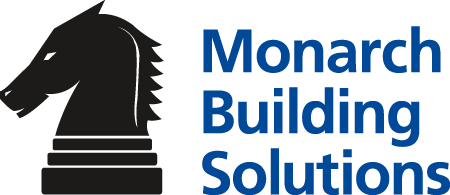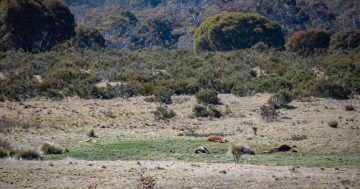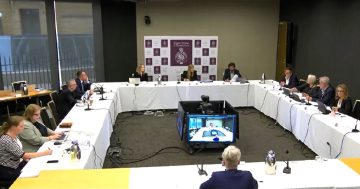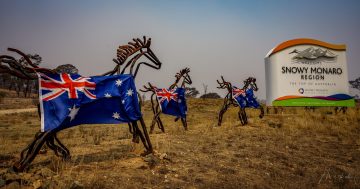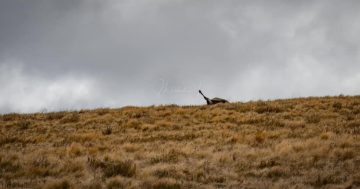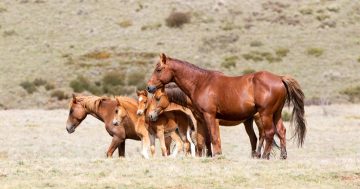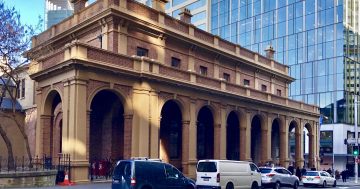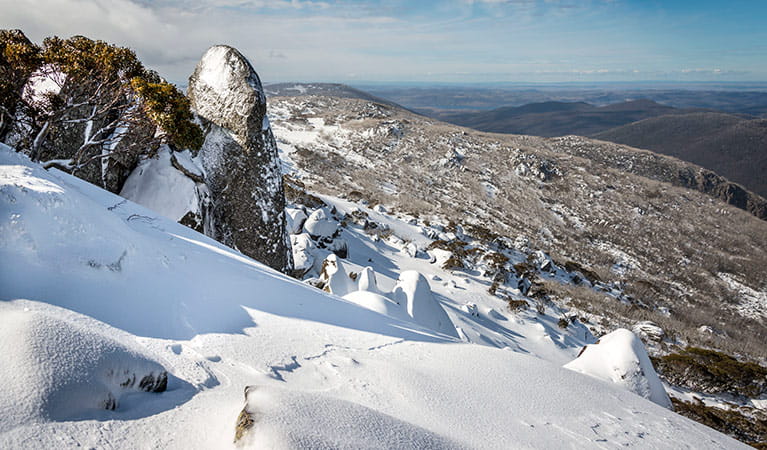
The Australian Alps Ministerial Council was told last week there are already signs of recovery to damaged ecosystems in Kosciuszko National Park since wild horse populations have been dramatically reduced. Photo: NPWS.
Scientists have reported there are already signs the damaged ecosystems in the Australian Alps are starting to recover since aerial shooting of wild horses commenced in Kosciuszko National Park (KNP) in March, according to NSW Environment Minister Penny Sharpe.
But when approached by Region for factual evidence of that recovery, the minister’s office has been unable to back that claim.
The minister last week told the Australian Alps Ministerial Council (AAMC), 6306 wild horses had been removed from KNP since the last population survey in October 2023.
“Scientists are reporting the removal of wild horses from Kosciuszko National Park is already helping alpine ecosystems recover from the damage caused by horses,” she told delegates.
Yet, when quizzed, the minister’s office claimed on Monday the scientists were still out in the field, with their results still to be formally written up.
The AAMC meeting, the first for 2024, saw federal, NSW and Victorian environment ministers gather at Taronga Zoo in Sydney to discuss challenges and opportunities to work collaboratively across borders to protect the nation’s only alpine environment.
High on their agenda were efforts to reduce wild horse populations, the subject of recent federal and state inquiries.
The ACT has adopted a zero-tolerance policy to wild horses in Namadgi National Park while the Victorian Government is operating under the 10-year Feral Horse Action Plan 2021 to reduce a population of around 2700 horses in the Alpine National Park and Barmah National Park.
The management of wild horses, also known as brumbies, in NSW is governed by the 2021 Kosciuszko National Park Wild Horse Heritage Management Plan (KNP WHHMP), which requires the NSW Government to reduce population numbers within identified parts of the park to 3000 by mid-2027 to protect the pristine alpine environment.
An October 2023 NPWS survey estimated 12,934 to 22,536 wild horses, averaged out at 17,393 horses, inhabited the park, ushering in an amendment to the management plan allowing the NPWS to use aerial shooting in addition to existing control methods such as trapping, rehoming, and ground shooting to reach their target.
In March 2024, Federal Environment Minister Tanya Plibersek flagged that the Federal Government may intervene to ensure a zero-tolerance approach to feral horses in KNP if the environmental impacts remained too high.
Last week the AAMC was told that, as at 14 June, 8845 horses had been removed from KNP, since the Wild Horse Heritage Management Plan was adopted in November 2021.
Ms Sharpe said that in the past 11 months, though, the NSW Government had removed more horses from KNP than in the previous 21 years combined, with 6306 removed since the October 2023 population survey.
Of these, 5878 were culled using aerial shooting, the remainder using alternative control methods including ground shooting, rehoming, transport to knackery and euthanising.
Minister Sharpe said that since aerial shooting began at the end of 2023, there were already signs of the damaged ecosystems in the Australian Alps starting to recover.
“No-one wants to have to shoot horses. But there are simply too many in our precious alpine areas and they’re putting native plants and animals at risk,” she said.
“I wish to thank ministers Plibersek and Dimopoulos for their support as we carry out this difficult but important program to protect our precious alpine environment.”
The AAMC was re-established in 2023, meeting up to twice a year, as a cooperative effort to protect the Australian Alps which cross NSW, Victoria and the ACT and contain unique and threatened ecosystems, animals and plants.
An update on the Federal Government response to the report of the Senate Committee on Impacts and Management of Feral Horses in the Australian Alps was also tabled at the meeting.
The government has agreed to many of the committee’s recommendations and is providing funding to support monitoring and on-ground recovery action for threatened species and ecological communities in the Australian Alps through its Saving Native Species program and the Natural Heritage Trust.
Minister Plibersek highlighted the threat of introduced trout to imperiled galaxiids and other freshwater wildlife and the need to dial up action and work in partnership to prevent extinction events for the alps’ unique freshwater species.
The NSW uplisting of the broad-toothed rat to endangered status was also noted.
Original Article published by Edwina Mason on About Regional.






